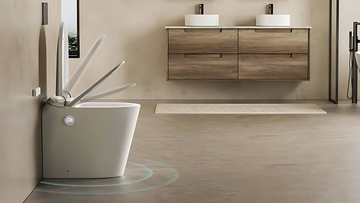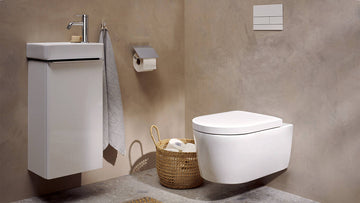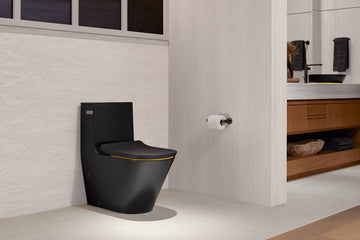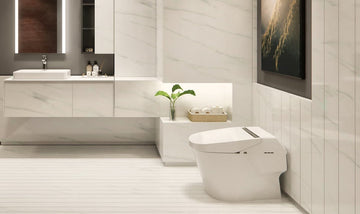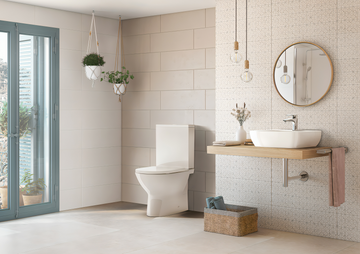In the ever-evolving landscape of restroom technology, the sensor based toilet flush stands out as a beacon of innovation. As the world becomes increasingly aware of hygiene and environmental sustainability, the adoption of sensor-based systems in public and private restrooms is accelerating. These systems not only offer a touch-free experience, significantly reducing the spread of germs, but also optimize water usage, aligning with conservation goals.
The sensor based toilet flush is rapidly becoming a staple in modern restroom design. With the integration of advanced technology, these systems promise a new level of convenience and cleanliness, making them an attractive option for industries focused on quality assurance and customer satisfaction.
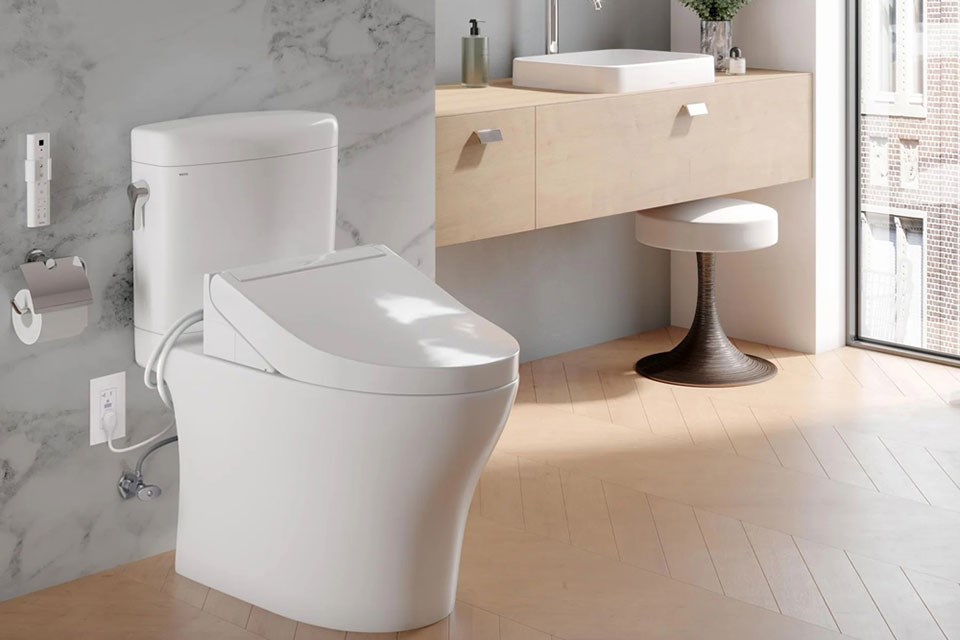
How Sensor Based Toilet Flush Works
At its core, a sensor based toilet flush operates using infrared or ultrasonic sensors to detect user presence. When a user approaches or moves away, the sensor activates the flushing mechanism without any physical contact. This technology ensures a more hygienic experience by eliminating the need to touch potentially contaminated surfaces.
These sensors are meticulously calibrated to differentiate between actual users and other movements, preventing unnecessary flushes and conserving water. The ability to adjust sensitivity settings makes them versatile for various restroom environments, from high-traffic public spaces to private residences.
Benefits of Sensor Based Toilet Systems
Enhanced Hygiene and Safety
The primary advantage of a sensor based toilet flush is enhanced hygiene. By removing the need for manual flushing, these systems minimize the spread of germs and viruses, crucial in today's health-conscious world. This feature is particularly beneficial in public restrooms where high user turnover increases the risk of contamination.
Water Conservation and Cost Efficiency
Water conservation is another significant benefit. Traditional toilets often use more water than necessary due to user habits or malfunctioning components. In contrast, sensor-based systems optimize each flush, using only the needed amount of water. This efficiency not only reduces water bills but also supports environmental conservation efforts.
Long-Term Reliability and Maintenance
Modern sensor based toilet flush systems are designed for durability and ease of maintenance. With fewer mechanical parts than traditional toilets, there is less wear and tear, leading to fewer breakdowns and repairs. Additionally, many systems come with self-diagnostic features that alert maintenance staff to potential issues before they become significant problems.
Implementing Sensor Based Flush Systems in Various Settings
Industries across the board are recognizing the value of sensor-based flush technology. In healthcare settings, where preventing the spread of infections is paramount, these systems provide a crucial layer of protection. Similarly, in hospitality and retail environments, they enhance customer experience by offering a modern, clean, and efficient restroom experience.
For businesses interested in integrating smart water technologies, exploring [smart monitoring systems](https://dripx.io/blogs/our-insights/smart-water-monitoring-system) can provide a comprehensive approach to water management. Additionally, the [touchless toilet systems](https://dripx.io/blogs/our-insights/touchless-toilet-systems) are becoming increasingly popular due to their convenience and hygiene benefits.
The Future of Restroom Technology
As technology continues to advance, the potential for further innovation in restroom solutions is vast. The integration of IoT (Internet of Things) technology can lead to even smarter systems that monitor usage patterns, predict maintenance needs, and provide data for continuous improvement. The future may also see the incorporation of features like UV light for additional sanitation, as discussed in [UV light toilet cleaning](https://dripx.io/blogs/our-insights/uv-light-toilet-cleaning-technology).
For more insights into how technology is transforming restrooms, the article on [smart toilet innovations](https://www.prideindustries.com/our-stories/the-rise-of-the-high-tech-toilet) provides an in-depth look at emerging trends and technologies.
Conclusion
The sensor based toilet flush is more than just a technological novelty; it is a critical component in the future of sustainable and hygienic restroom solutions. By enhancing user experience, improving hygiene, and conserving resources, sensor-based systems are set to become standard in both public and private settings. As industries continue to prioritize quality assurance, adopting these systems represents a forward-thinking approach to restroom management.

FAQ
Are sensor-based toilet flushes more expensive to install?
While the initial cost of installing a sensor-based toilet flush may be higher than traditional systems, the long-term savings in water usage and maintenance often offset the initial investment.
How reliable are sensor-based systems?
Sensor-based toilet flush systems are designed for reliability and durability, requiring less maintenance due to fewer moving parts. Many systems also include self-diagnostic features to ensure optimal performance.
Can sensor-based flush systems be retrofitted to existing toilets?
Yes, many manufacturers offer retrofit kits that allow existing toilets to be upgraded to sensor-based systems. This can be a cost-effective way to improve hygiene and efficiency without replacing entire units.
This article contains affiliate links. We may earn a commission at no extra cost to you.

